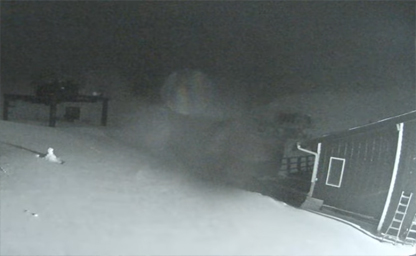
Pomerelle Mountain
Below Mount Harrison in the Albion Mountains within the Minidoka Ranger District of the Sawtooth National Forest

Below Mount Harrison in the Albion Mountains within the Minidoka Ranger District of the Sawtooth National Forest
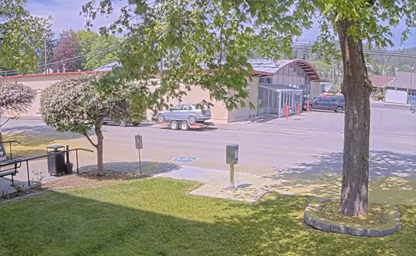
A courthouse building located in Bonners Ferry
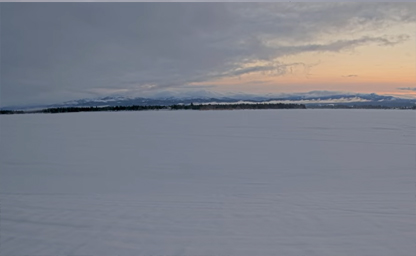
A premier ski resort offering breathtaking views on and off the mountain
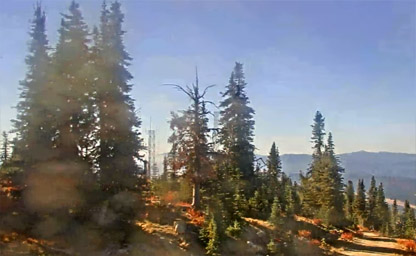
Situated high in the mountains of Central Idaho near McCall
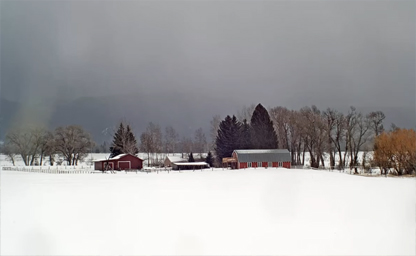
Sometimes known as "The quiet side of the Tetons"
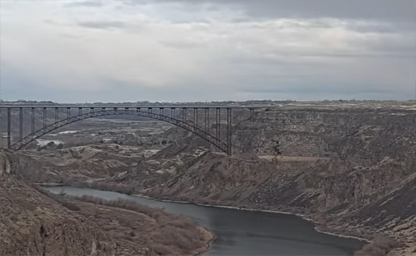
Situated in southern Idaho just north of the city of Twin Falls
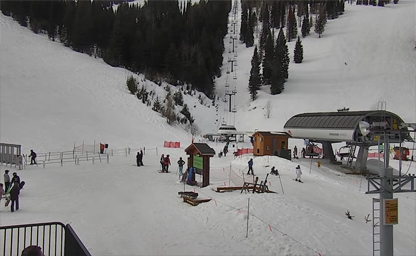
View of mountain from Taps Deck
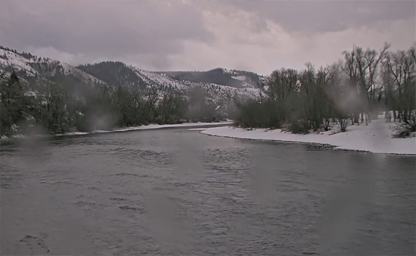
Situated on the banks of the South Fork of the Snake River in Irwin
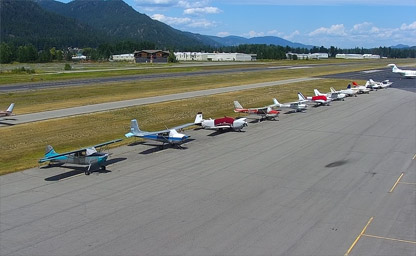
A county-owned public-use airport in the northwest United States
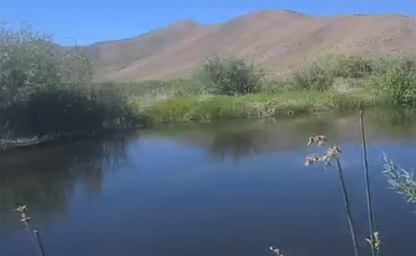
An unincorporated community in Blaine County
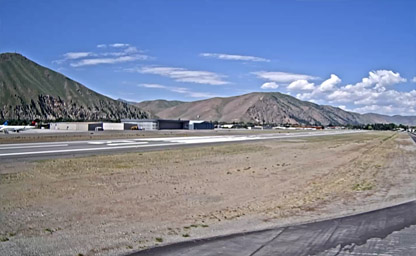
Located from Friedman Memorial Airport, a city-owned public-use airport
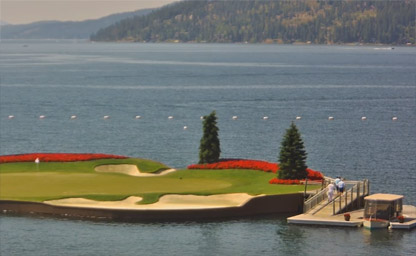
It’s known for water sports on Lake Coeur d’Alene
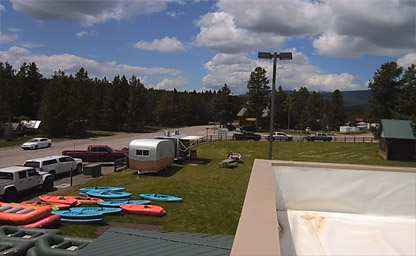
Built in 1937 at the head of Box Canyon
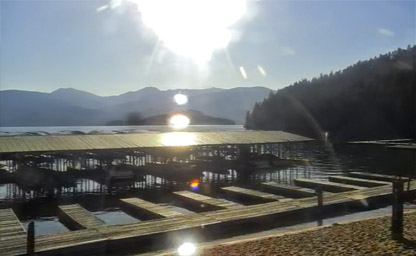
In the northernmost portion of the Idaho Panhandle
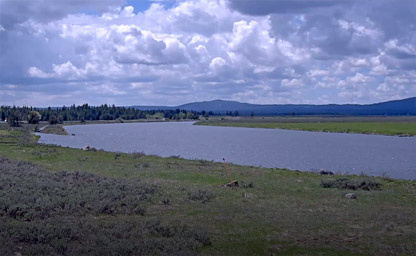
Situated in Island Park Idaho
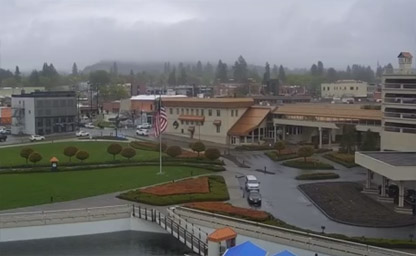
A natural dam-controlled lake in North Idaho
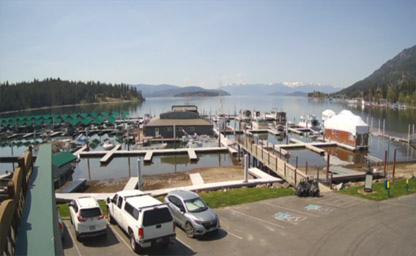
A city in Bonner County, Idaho
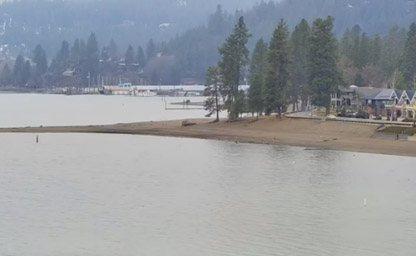
Surrounding the Rathdrum Prairie and Spokane Valley
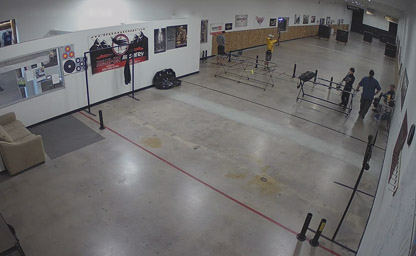
The capital and most populous city of the U.S. state of Idaho
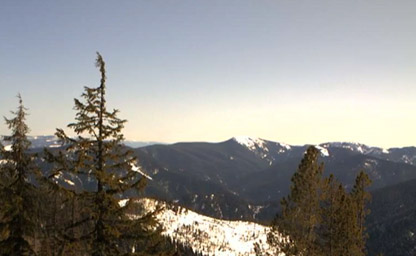
A beautiful city in the Silver Valley of Shoshone County, Idaho
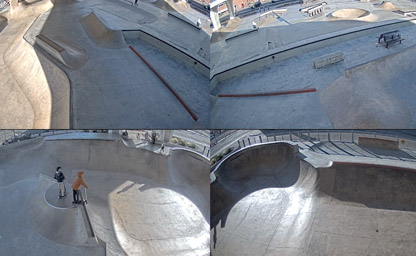
Situated between 15th and 16th streets under the I-184 connector
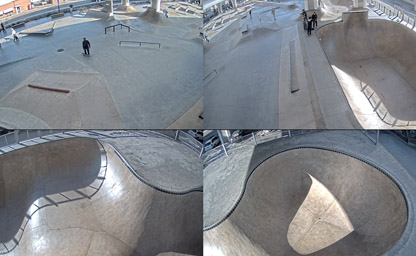
Situated in west Downtown near the Linen District
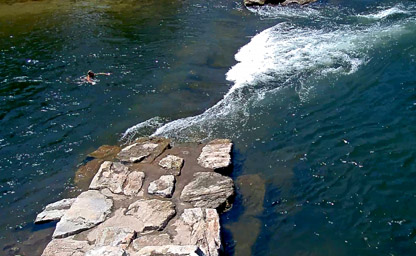
One of Boise's most beloved parks
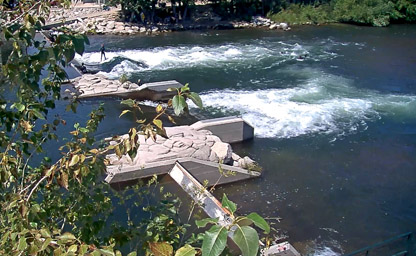
The heart of the city and provides scenic views situated along the Greenbelt
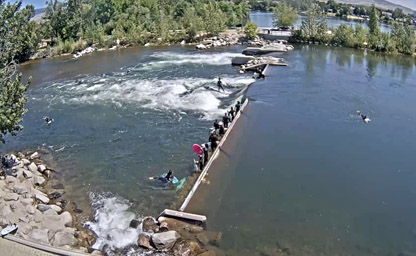
The 25-mile tree-lined pathway follows the north and south sides of the Boise River
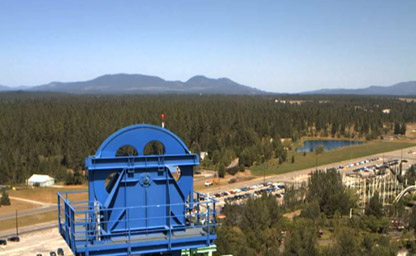
A city in Kootenai County, located in beautiful North Idaho
Idaho, a state known for its breathtaking landscapes, diverse natural wonders, and rugged terrain, has become a hub for innovative technology. With its picturesque mountains, scenic rivers, and vast wilderness, Idaho is a paradise for nature enthusiasts. Live streaming webcams placed across the state offer a window into the heart of Idaho, allowing viewers from all over the world to witness real-time views of this stunning region.
These webcams capture everything from the towering peaks of the Sawtooth Mountains to the pristine waters of Coeur d'Alene Lake. The integration of high-definition cameras and reliable streaming technologies ensures that Idaho’s unique natural beauty is available to everyone, whether you're planning a trip or simply enjoying the landscapes from afar.
The live streaming webcams across Idaho utilize advanced technologies that enable real-time video broadcasts in high definition. These cameras are strategically placed in key locations such as national parks, scenic viewpoints, and urban centers, providing uninterrupted footage of the state's most iconic natural landmarks and activities.
Powered by high-speed internet and weather-resistant camera systems, these webcams offer 24/7 coverage in various conditions. Whether it's the serene stillness of a snowy mountain vista or the vibrant energy of a summer festival, these webcams offer an immersive experience. The live feeds also allow viewers to track weather patterns, monitor outdoor activities, and enjoy spectacular views throughout the day and night.
Catch live action from Sun Valley Ski Resort, one of the top ski destinations in the U.S. Watch skiers and snowboarders tackle the slopes and experience the vibrant mountain village.
Idaho’s history is a tale of Native American tribes, European exploration, mining booms, and territorial disputes. The area now known as Idaho was originally home to a variety of indigenous peoples, with the Shoshone, Nez Perce, and Bannock tribes being among the most prominent. These Native American tribes lived off the land, using its abundant natural resources for hunting, fishing, and farming. The Nez Perce, in particular, played a central role in the history of the region, famously being led by Chief Joseph during the Nez Perce War of 1877, which saw them resist forced relocation from their ancestral lands in the Pacific Northwest.
The first Europeans to explore Idaho were members of the Lewis and Clark Expedition, who traversed the region in the early 1800s. Led by Meriwether Lewis and William Clark, this expedition sought a route to the Pacific Ocean and documented the geography and Native American tribes of the Pacific Northwest. Following their journey, fur traders and settlers began to trickle into the area, though it remained largely isolated and sparsely populated for much of the 19th century.
Idaho's early economic boom was driven by the discovery of gold. In the 1860s, miners flooded the area, seeking their fortunes in gold rushes that were similar to those in California and other western territories. The largest of these gold rushes occurred in 1862, when gold was discovered on the Clearwater River. This led to the establishment of mining camps, and the creation of towns such as Lewiston, which became a key point of entry to the region. The mining industry helped fuel the growth of Idaho’s economy, but it also led to conflicts with Native American tribes, whose lands were being encroached upon by settlers.
In 1863, Idaho became its own territory, carved out of the vast lands of the Oregon Territory and parts of neighboring Montana and Wyoming. During its early years as a territory, Idaho struggled with issues of governance and lawlessness, particularly in the wake of the gold rush. However, the region saw significant development in the years that followed. Railroads began to make their way into Idaho in the late 19th century, facilitating the movement of goods and people. Despite the challenges posed by rugged terrain and remoteness, Idaho’s population steadily grew.
By the turn of the 20th century, Idaho was well on its way to becoming a modern state. The establishment of irrigation systems and the expansion of agriculture brought new industries to the state, particularly in the production of wheat, potatoes, and other crops. The state’s agricultural sector remains one of its key industries to this day. Idaho achieved statehood in 1890, officially becoming the 43rd state of the United States. However, the state’s early years were marked by political instability and internal strife, with tensions between agricultural and industrial interests, as well as ongoing struggles with Native American tribes over land rights.
Throughout the 20th century, Idaho continued to grow and develop. The discovery of phosphate deposits in the 20th century gave rise to a new mining boom, while the state’s vast forests and rugged terrain attracted outdoor enthusiasts and tourism. Idaho became known as a haven for those seeking natural beauty, outdoor adventure, and a slower-paced lifestyle. In the latter half of the 20th century, Idaho also became an important agricultural state, with its famous Idaho potatoes being exported all over the world.
Today, Idaho’s history is celebrated by its many historical sites and museums, which showcase the state’s journey from its indigenous roots to its development into a thriving modern state. From the Nez Perce National Historic Park to the old mining towns scattered throughout the state, Idaho’s history is rich, complex, and ever-present in the culture and identity of the state.
Idaho’s climate is diverse, reflecting its mountainous geography and varied elevations. The state generally experiences a continental climate, with cold winters and warm summers. However, the climate can vary widely depending on the region of the state you are in, due to the dramatic differences in topography, elevation, and proximity to bodies of water.
In the lower elevations of Idaho, such as the areas around Boise, the climate is classified as semi-arid, with hot summers and cold winters. Boise, the state’s capital, experiences average summer temperatures of 90°F (32°C), while winters can drop to the low 30s°F (1-3°C). This area receives relatively little precipitation, with most of it occurring during the winter months in the form of snow. Snowfall in Boise can range from 10 to 20 inches per year, but the city experiences more than 200 days of sunshine each year, making it a popular location for outdoor activities.
The higher elevations in Idaho, particularly in the mountainous regions such as the Sawtooth Mountains, experience a much colder and wetter climate. These areas are ideal for winter sports like skiing and snowboarding, as they receive significant snowfall during the winter months. Sun Valley, a world-renowned ski resort, is located in central Idaho and is famous for its cold, snowy winters and sunny summers. Temperatures in these mountain regions can dip below freezing during the winter, while summer temperatures remain mild, generally in the 60-80°F (15-27°C) range.
Further north in the state, cities like Coeur d’Alene experience a more temperate climate with warm summers and cold, snowy winters. Coeur d’Alene is known for its beautiful lake and outdoor recreation opportunities, and its climate offers both excellent summer hiking conditions and winter activities such as skiing and snowshoeing. Northern Idaho’s proximity to Canada and the Canadian Rockies means that it is often affected by cold fronts and can experience colder temperatures than the southern part of the state.
Idaho’s climate is greatly influenced by the surrounding mountain ranges, which help to create a rain shadow effect in some regions. The western side of the state, which is bordered by the Snake River Plain, experiences less precipitation than the eastern part of the state, which is affected by moist air coming from the Pacific Ocean. The rain shadow effect is particularly noticeable in the central part of the state, where the desert-like conditions give way to a few more temperate regions as you move to the north and east.
The state’s diverse climate makes it a year-round destination for tourists, with the winter months attracting visitors to the ski resorts, while the warmer months bring people for hiking, camping, and river rafting. The varying climates also allow for a diverse range of crops to be grown, from potatoes and wheat in the plains to fruits and vegetables in the irrigated valleys.
Idaho’s geography is a key factor in its unique climate and the development of its economy and culture. The state is known for its rugged terrain, vast forests, and spectacular mountain ranges. Idaho is bordered by six states—Montana to the north, Wyoming to the east, Utah and Nevada to the south, Oregon to the west, and Washington to the northwest. The state covers an area of more than 83,000 square miles, making it the 14th largest state in the U.S.
Idaho’s geography is dominated by two major features: its mountainous regions and the Snake River Plain. The Rocky Mountains, which stretch across much of the state, are home to numerous peaks and valleys. The Sawtooth Mountains, the Bitterroot Range, and the Clearwater Mountains are some of the most notable mountain ranges in the state, offering stunning vistas and diverse ecosystems. These mountains are also home to some of Idaho’s most famous outdoor recreation areas, such as the Salmon River, which is known for its whitewater rapids and scenic beauty.
The Snake River Plain is a large, arid region that stretches across southern Idaho and is one of the defining geographical features of the state. This plain is an important agricultural region, with the fertile soil irrigated by the Snake River supporting the growth of Idaho’s iconic potatoes and other crops. The Snake River itself is one of the longest rivers in the U.S., and it plays a crucial role in the state’s ecology and economy. The river’s winding path through the state creates canyons and gorges, including the famous Snake River Canyon, which attracts tourists from all over the world.
Idaho is also home to several national parks and forests that showcase its geographic diversity. The Frank Church-River of No Return Wilderness is one of the largest contiguous wilderness areas in the lower 48 states, offering a pristine environment for hikers, campers, and wildlife enthusiasts. The state is dotted with numerous lakes, including Lake Pend Oreille in the north, which is the largest lake in the state and a popular destination for boating and fishing.
In the southeast, the state features expansive grasslands and high desert, while the central and northern regions are characterized by lush forests, rivers, and alpine meadows. The state’s varied geography also allows for a wide range of wildlife, from the iconic elk and mule deer to smaller animals like marmots, beavers, and bighorn sheep. The vast wilderness areas are home to an incredible array of bird species, making Idaho a prime destination for birdwatching.
New Tip: If you're planning a trip to Idaho, be sure to visit Craters of the Moon National Monument, a fascinating volcanic landscape that offers opportunities for hiking, caving, and stargazing. An interesting fact: Idaho is home to the deepest river gorge in North America, the Hells Canyon, which reaches depths of over 7,900 feet (2,400 meters).